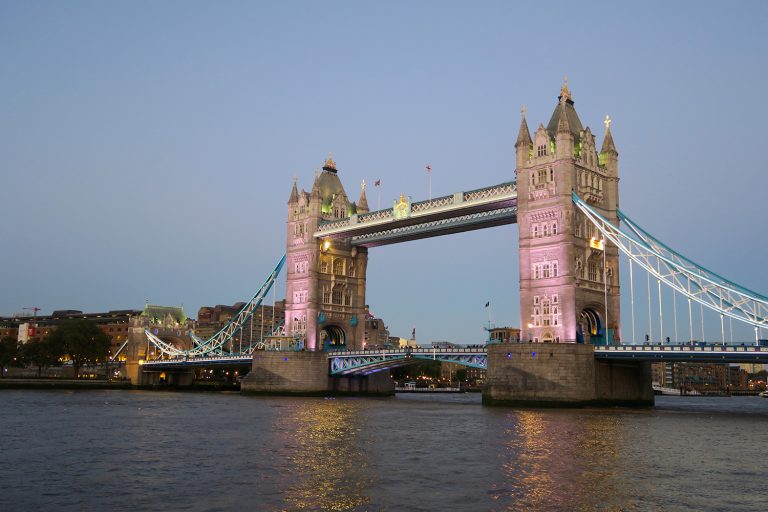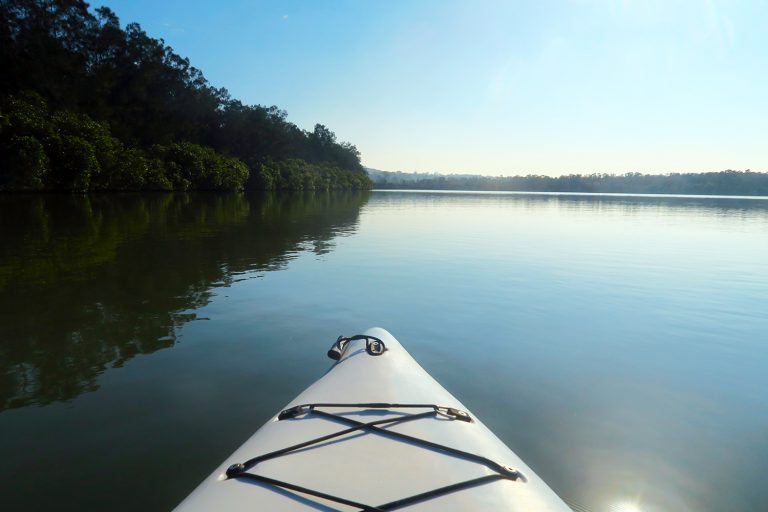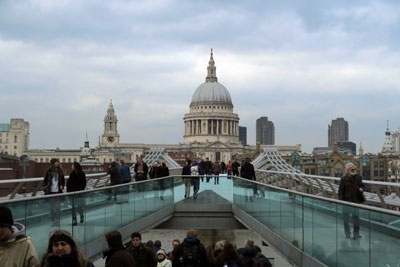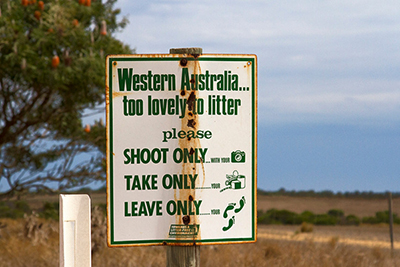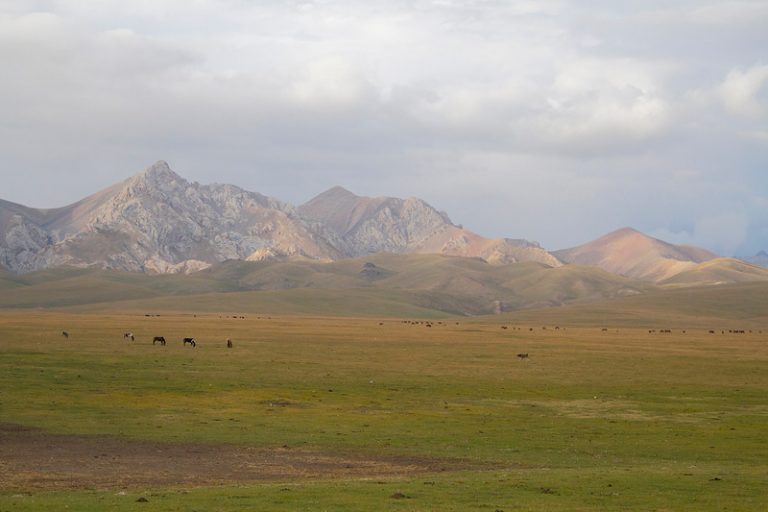FLYGSKAM: Should People Be Shamed For Flying?
Flygskam or “flying shame” – is it an effective vehicle for awareness raising and social change, or just another way to play the blame game? Read on to find out more.

The following post is based on an answer I gave recently at a debate, questioning whether travel can truly be sustainable if we continue using aviation as a travel option. It was a very thought-provoking question, so I decided to share my answer here too.
You may have heard of a movement sweeping around Europe, known as ‘flygskam’.
Pronunciations of this Swedish word vary, but in essence it means “flight shame” – with this shame being targeted at people on social media for continuing to take what is seen as unnecessary travel through the skies.
| Flygskam (flight shame), tagskryt (train bragging) and smygflyga (flying in secret) are all new Swedish terms that have been created due to negative views in Scandinavia of flying. |
Flyskam – What is it About?
In regards to fkygskam – I’ve been thinking about this particular buzzword a fair bit recently, along with the practice of flying in general.
Is it something anyone who cares about the future of our planet should dispense with, immediately? Yet, how practical, or even possible is this as a solution?
And has the time for individual responsibility where this sort of action is concerned, flown by?
Read more: 30+ Eco Friendly Travel Products You’ll Love

What’s wrong with flying?
Aviation is effectively a fossil-fuel industry, with airlines contributing to around 2% (some say as much as 5%) of emissions worldwide.
This is a figure that is projected to grow. Consider that London’s Heathrow Airport (which 80.1 million passengers travelled through in 2018) has received government approval for a third runway, despite concerns about the increase in noise traffic and air pollution (and the fact that the city is already serviced by five airports).
Closer to home for Australian readers is the construction of the second airport in Sydney and the effects that it will have on the surrounding land and population.
Looking beyond emissions, airports traditionally aren’t environmentally friendly spaces, encouraging waste to the highest degree. I know I get personally irritated by airports that don’t offer filtered water within the terminals, preventing me from filling up my reusable water bottle, presumably in the hope that passengers will instead shell out for the exorbitantly priced plastic water bottles on offer in their shops.
Passenger waste runs into millions of tonnes a year – 5.7 million to be precise, with the average passenger generating 1.4 kilograms of waste per flight.
That’s a lot of rubbish – literally and metaphorically, if you fly regularly.
Although, change might be in the air (puns are always fully intended), with Qantas trialling the first ever zero waste flight from Sydney to Adelaide in May, 2019. It’s nice to see an Australian company leading the way in this regard, with other airlines already making noises on picking up the same practises on future flights of their own.
Read more: Everything You Need to Know About Zero Waste Travel

How did we get to this point?
The main problem with flying, and the overall problem that has brought us to the situation that we find ourselves in globally (climate change), is convenience.
Flying is often the most convenient form of travel in terms of time saved and increasingly, it’s often the cheapest.
Once merely a means of transport for only the very elite, now millions around the world have the means and access to fly wherever they want, whenever they want.
I used to live in the UK and would regularly see ridiculously priced flights to the continent, sometimes as low as a nine quid round trip.
Here in Oz, Tigerair often have sales where you can book the return leg of a trip for as low as a dollar – Jetstar have run their birthday sale of “buy one leg, return for free” for three consecutive years, now.
Flights in, out and around Australia can often be quite expensive, so it can be hard to say no to flying return to Bangkok for $250. I can say that, because I fell victim to such a deal in 2017.
I’ve been more considered with my money and less receptive to jumping on cheap airfares, this year, having made no plans to travel overseas.
Read more: The Best Reusable Water Bottles

Flygskam as a shaming movement – Is it effective?
Social media is a double edged sword as it does have the power to orchestrate real social change. It can connect us as a community and can introduce us to a level of thinking and empathy that we may not have considered, prior.
On the flip side, it can do real damage to the human connection and has the potential to trigger the worst of us as a society, feeding upon our mob mentality.
In regards to flygskam in particular, I think it is both an effective and ineffective campaign. Let’s look at the positives of such a movement to begin with.
The number one thing that I believe it has going for it, is that it gets people thinking about the impact one single flight has on the environment.
The latest IPCC report states that every person on the planet needs to keep below 2.3 tonnes of CO2 a year to avoid climate catastrophe. That is, global warming rising above 2°C by the end of the century.
Air travel makes this impossible. For example, a return flight from Melbourne to London generates over 5 tonnes of CO2 per person.
One long haul flight a year will send you hurtling over the line.
However, there are two things about flygskam, that I don’t think makes it particularly effective.
The first is the whole issue of public shaming, which is something that humanity has always been quite into (consider public stonings and burning of “witches” in the past) and now that we all run around with little recording devices in our hands that connect directly up to the world wide web, it’s as popular as ever.
In all honesty, I find public shaming to be very hypocritical. No one is perfect. One of my favourite quotes from the Holy Bible and one of the few things I remember from 13 years of Catholic education is to (and I’m paraphrasing here) “let he who is without sin cast the first stone”.
We all are responsible for our own environmental footprint and I doubt there’s a single person on the planet who could take a step forward to pick up that rock.
Many of us who are more environmentally inclined, tend to live in what I like to call “the green bubble”. We’re so entrenched in our actions, it’s hard to contemplate lifestyles and actions that may be different to our own.
Sometimes, the answer is simple. People simply may not be aware of the ramifications of their actions. Education is the key point in this instance and as the adage goes you catch more flies with honey than vinegar.
And the second point about flygskam? It’s a matter of context, in some regard.
Read more: Zero Waste Travel Kits: How to Reduce Plastic While Travelling

A point of view from the less populated region of the planet
#Flygskam is primarily an effective movement for folks who live in Europe.
There is a plethora of transport options available in Europe, from trains, to buses, to ferries, to biking across the entire continent, if you so choose.
Many of these options are as cheap, if not cheaper than flying and don’t involve the stress of having to leave your dignity at Customs and be treated like human cattle for the length of time that you’re travelling.
We don’t have this option here in Australia, where you have to travel for ridiculous amounts of time to end up in your destination and flying is often the only option besides driving, thanks to a lack of infrastructure. That bullet train between Melbourne, Canberra and Sydney remains but a dream, for now.
Hell, so does the train out to Melbourne airport, which simply blows my mind.
In Australia, flying to a destination is often the most effective way of getting there in cost and time saved. We don’t always have the luxury of another option. Often flying is the only way you can take your holiday, or see friends and family, or fulfil job obligations.
That being said, flying often isn’t the most comfortable way to make your way from point A to B.
The last time I flew I was delayed in about every way possible, from the airline kicking us off our plane for no apparent reason, to having airport staff direct us to the wrong carousel to pick up our luggage.
By the time I got to my destination – usually a mere hour long flight, I probably could’ve driven straight past the airport and arrived at journey’s end around the same time. At least I got to nap on the plane, I guess.
So, what solutions can we look to, if we want to travel, but we don’t want to fly?
I don’t propose hopping onto a ship and touring the world, as fun as it sounds. Wait, no actually, maybe this is a valid suggestion, as I know several people who have done just that.
One of my online acquaintances Niall Doherty left his hometown in Ireland in 2011 and spent the next 44 months slow travelling around the world without flying, visiting 37 countries.
He employed just about every other mode of transport known to man and got a great story out of it, in that he wrote a book about his adventure. It’s called the [easyazon_link identifier=”B00JDNAQ36″ locale=”US” tag=”birdgehls10-20″]Cargo Ship Diaries[/easyazon_link] and it’s very good.
I think Niall’s example greatly encapsulates a saying, which I absolutely hate due to overuse, but which unfortunately sums up my overall point quite succinctly – sometimes it’s about the journey, rather than the destination.
Unless you have masses of money or airline points and somehow end up seated in business class, flying is generally unpleasant. Your entire prerogative in getting on the plane is to be at your destination in as little time as possible.
If I look back on the travelling I’ve done, where I’ve selected an alternative method of transportation, it’s often the journey that sticks out in my mind. These are some of my most cherished travel memories, simply because of the mode of transport it took to get there.
And there’s one very important point to consider, in that you don’t have to fly overseas to travel. In fact, you don’t have to fly anywhere.
Read more: How to Cope With Eco-Anxiety

Backyard Travel – The most sustainable way to travel?
One movement which has been gaining momentum and which I write about regularly on Birdgehls is backyard travel.
Victoria in Australia is a pretty great state to be living in, with plenty of corners worth exploring and Melbourne is one of the most interesting cities in the world. And I’m saying that as someone from Sydney.
If you’re serious about travelling in a way that is environmentally friendly, then yes, flying is something you should have a big, long think about. However, it does not mean that tourism itself cannot be sustainable, because tourism, like sustainability, is multi-faceted.
What can we do to change?
Ultimately, it’s the industry that needs to change.
It doesn’t seem fair to point the finger at the individual, when governments and companies who fail to act or do the right thing, avoid blame.
Airlines need to take a leaf out of Qantas’ book and think about implementing zero waste flights.
More needs to be done to create biofuel options for aircraft, some of which could go hand in hand with reducing or recycling waste.
Although airplanes that run on electricity may fill the skies soon, which is pretty cool.
Here are some things you can do in the meantime.
|
These are of course, personal observations on this movement, from a perspective outside of Europe. What are your thoughts on flygskam and flying as transport, in general?

Want to read more content like this? Follow along on Facebook or sign up to the monthly newsletter!

